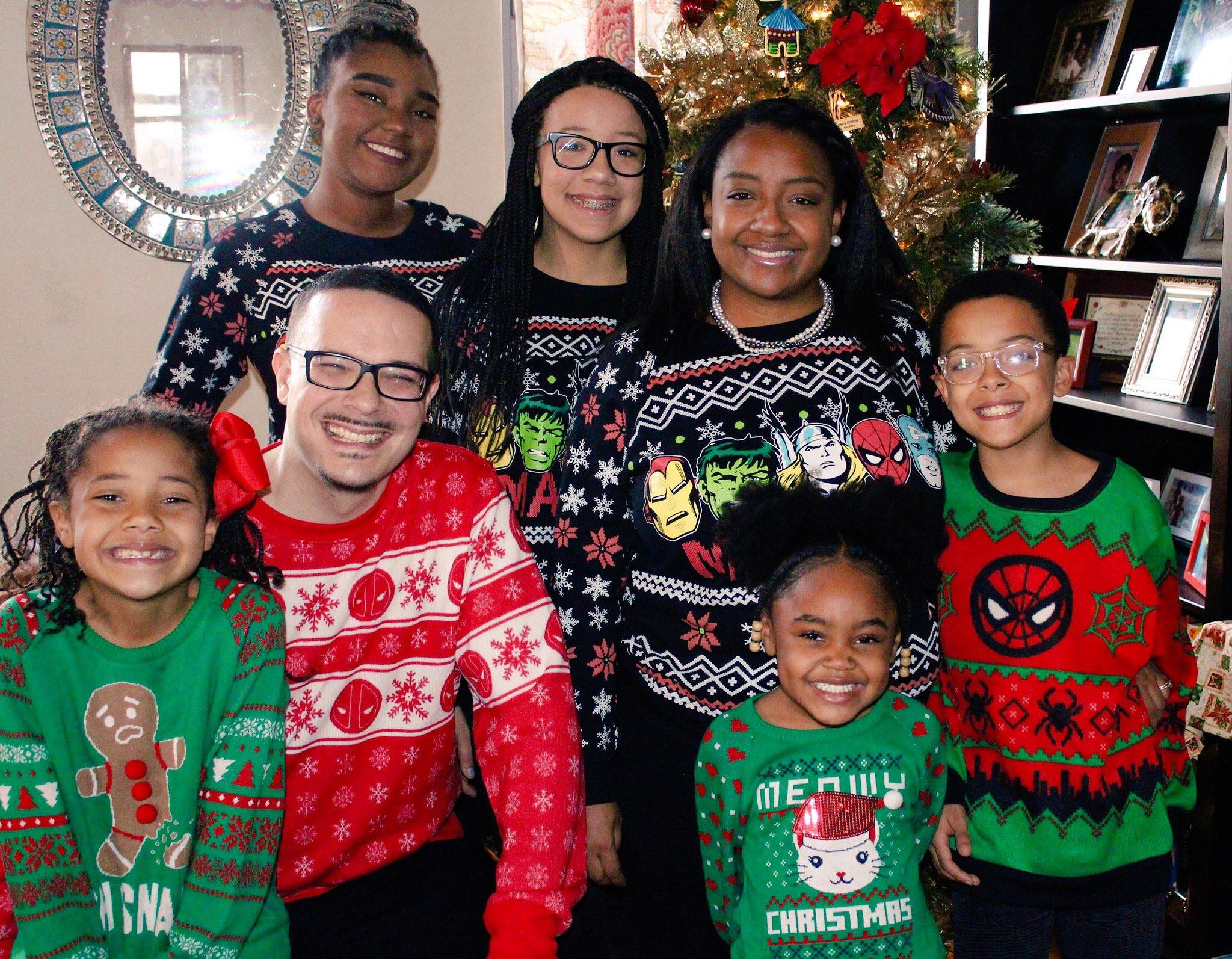More Money More Problems?
There’s a saying that the more money you get, the more problems you have. It’s one of those sayings that has become a part of accepted conventional wisdom. However, upon close examination, I actually don’t think this saying holds true. Poor people have plenty of problems, and unlike the wealthy and well-off, often lack the resources needed to solve them. What may be more accurate is the idea of more money, different problems.
As more of us earn college degrees and are able to live more prosperous lives than our parents, we are also faced with decisions our parents never had to make. Decisions like where to live and where to send our children to school. Decades ago, as redlining ravaged inner cities, there weren’t a lot of options for Black and Brown parents who wished to escape dilapidated neighborhoods with failing school systems. And while this is still largely the case as school systems across the country are funded by property taxes, therefore ensuring inequitable access to resources, more Black and Brown families are entering the middle class and are able to make deliberate decisions about where to live and send their children to school.
This increased access also sets up a difficult conundrum.
It is not uncommon on my social media feeds to see the lament of parents of color who feel forced to choose between sending their child to the fully resourced school to which their higher salaries afford them access, but is guaranteed to be comprised overwhelmingly of White children who will understand little of the Black and Brown experience, or to send their children to the less-resourced school that may have its issues and concerns, but will at the very least provide their student the psychological safety of being surrounded by peers and adults who look like them. As a parent who’s had to make such choices, I know how agonizing such a decision can be.
Disturbing headlines
One story in particular that has come to dominate recent headlines perfectly illustrates the worst-case scenario Black parents fear when considering the best environment to educate our children. When Lauren and Brandon Springfield sent their son to R.W. Blake Academy on Tuesday, September 10, they never expected to receive a call from the school nurse to come and attend to their child who had been brutally attacked by a group of white students in an incident that was videotaped and widely shared on social media. While the main student involved has been suspended and is facing battery charges, the long-term pain and trauma the Springfield’s son will spend his life grappling with cannot be so readily dealt with.
Other similarly traumatic headlines about young Black girls being sent home because the braids in their hair violated school dress code, and a student-athlete who cried on the sidelines while having his dreadlocks cut in order to not be disqualified from a wrestling meet, have taught parents of Black children to be wary of predominately white spaces. While Brown vs. The Board of Education legally granted parents of color access to schools that were previously denied to their children, what the landmark legislation didn’t and couldn’t do is fix the hearts and minds of the white teachers, administrators, and faculty who would be tasked with educating and nurturing these Black and Brown bodies.
My Mommi Experience
As a mother of five children ranging in ages from 6 to 20, I am well acquainted with the struggle of weighing a child’s psychological and physical safety against the perceived benefits of the increased resources white-dominant school spaces can bring. Each time we consider a new school for our children I have to decide if more AP classes, clubs, and field trips are worth the sense of isolation, potential bullying, and cultural erasure they may experience. I’m not sure we’ve always made the right decision.
I’ve had 20 years of practice, though, as both an educator and parent so I would like to offer some thoughts on ways in which we can advocate for our Black and Brown children when they are existing in educational spaces where most of the people won’t look like them.
1. Ask all the questions.
When scoping out a new school for your child ask specific questions about policies related to discipline, bullying, and racial discrimination. What constitutes bullying? Are issues of racial violence treated with any more severity (for instance, if a child calls my child a “dummy” a timeout or conversation is in order. But if someone calls my child a “nigger,” that warrants a different level of escalation. How would the school handle such an incident?) How often are students suspended and for what infractions? What are the alternatives to suspension that the school offers (i.e. a cool-off room, yoga room, or other safe spaces). For older students, ask about security officers in the building and how they are used? How often are students being detained/arrested?
2. Pay attention to the curriculum.
This is a tough truth, but white parents have the luxury of entrusting their child’s education to the system in ways that Black and Brown parents do not. As history is rarely taught in this country from any perspective other than the white perspective, parents of white children rarely have to question the lens through which their students are learning subjects like history. Especially when it comes to teaching units on slavery and civil rights, I make sure to pay close attention. Because of conversations we’d had at home, my 9-year-old became very uncomfortable when her teacher introduced Black history as beginning at slavery. She questioned her teacher about why the class wasn’t offered lessons on Mansa Musa-the richest man to have ever lived, and the great kingdoms of ancient Mali and Ghana. I’m proud to say that her teacher took her concerns seriously and adjusted the curricula to include units on West African history before picking back up with the discussion of the trans-Atlantic slave trade.
3. Empower your child.
As parents, we are always ready and willing to fight our children’s battles for them. But that doesn’t mean we should. The truth of the matter is that we won’t always be able to be with them to come to their defense. Better to give them to tools to advocate for themselves. An example of this is when my 17-year-old daughter had to address her math teacher for the problematic way in which he kept correcting her grammar in front of the class. After coming home and telling me about it, she and I worked together to decide what would be the best way for her to respectfully raise the issue with her teacher. Though she initially struggled to pinpoint exactly why his corrections bothered her, she came to understand that by “fixing” her way of speaking he was making a deliberate choice to value his cultural form of speech and traditions over hers. This, of course, can lead to a whole discussion of what constitutes “proper” English and when and where it is appropriate to expect adherence to certain language patterns. As a teacher, I could debate both sides of the argument. What’s important here, though, is that my daughter wanted to make sure that her teacher understood that she was completely capable of speaking in the ways in which he felt was proper. She’s a straight A student who has taken college classes at Harvard. But in choosing to speak in the cultural tradition of her neighborhood and friends, she was choosing to be comfortable and safe enough to not code-switch when she didn’t want to. This is her right, and helping her teacher to understand this was an opportunity to grow his understanding. It was an opportunity he appreciated and thanked her for.
4. Speak to your child’s friends.
If your child is attending a predominately white school, it’s likely that most of their friends will be white. When my son became old enough to hang out and travel the city alone with these friends I knew I had to have a conversation (several conversations actually) about white privilege and the fact that he wouldn’t benefit from it. I understand that kids will be kids, and in doing so will make poor decisions and get into mischief. I made sure my son was clear that being dared to steal a piece of candy from the store, or “tagging” a piece of property were all infractions that could be perceived as “innocent” when his white friends did it, but could be the catalyst for serious run-ins with the law if he were ever caught doing such things, and so he had to be extra careful never to participate in such things even if his friends were doing it. These were painful conversations. And I actually took it step further and had these same discussions with the parents of his white friends. I wanted to know that they were also talking with their kids about their privilege and that their boys understood that the stakes were higher for my son. This too was an uncomfortable step, but as a nervous Black mother of a Black son, it was one I felt duty-bound to take. It’s one thing for me to equip my children. White parents have a responsibility to do the same.
Because I cannot always guarantee that my children aren’t the “only” in a given school environment, I, like generations of parents before me, have had to teach my children how to navigate white-dominant spaces in ways that affirm their identity while also being careful not to ostracizing them from the larger school community.
It is tricky territory for sure. Helping Black and Brown students thrive in white dominant spaces can be such treacherous water in fact, that an increasing number of parents are opting for alternatives like homeschooling (which I also did for six years) and applying to Historically Black Colleges and Universities (HBCUs) instead of Predominately White Institutions (PWIs).
Each family has to decide what’s best for them. The best thing any of us can do is to stay present (look at the homework assignments, question the books their reading, email administration, etc.), and prepare our kids in the same tradition of those parents who not too long ago sent their children to integrate white schools across the country. Racism is unfortunately not dead. So we, as parents of kids also facing very similar threats, have to keep that same energy.
Excited to have been able to contribute to this exciting new platform.
Hope my experiences help you!
Mommi Rai

Rai King is the Diversity Director for a national non-profit in New York City. Mother of 5 and wife to activist Shaun King, Rai spent 15 years as an elementary teacher in private, public, parochial, charter, and international schools. A forever educator, Rai also proudly serves as the board chair of the Brooklyn-based nonprofit Read 718 which provides free, individualized reading support to low-income students.








Leave a Reply